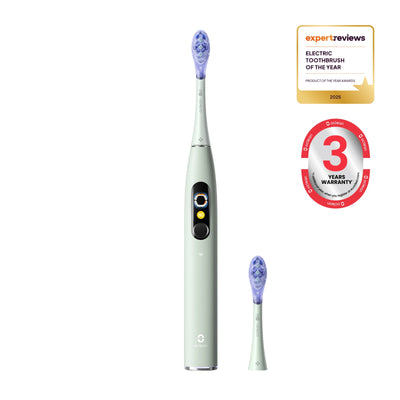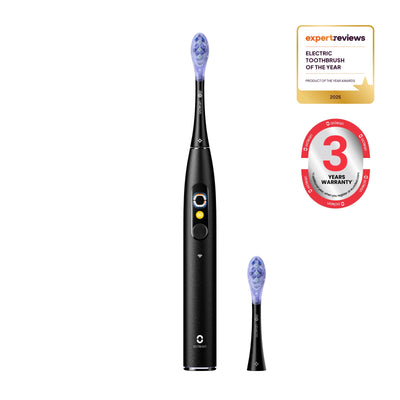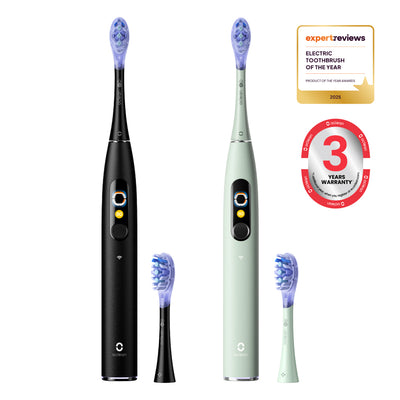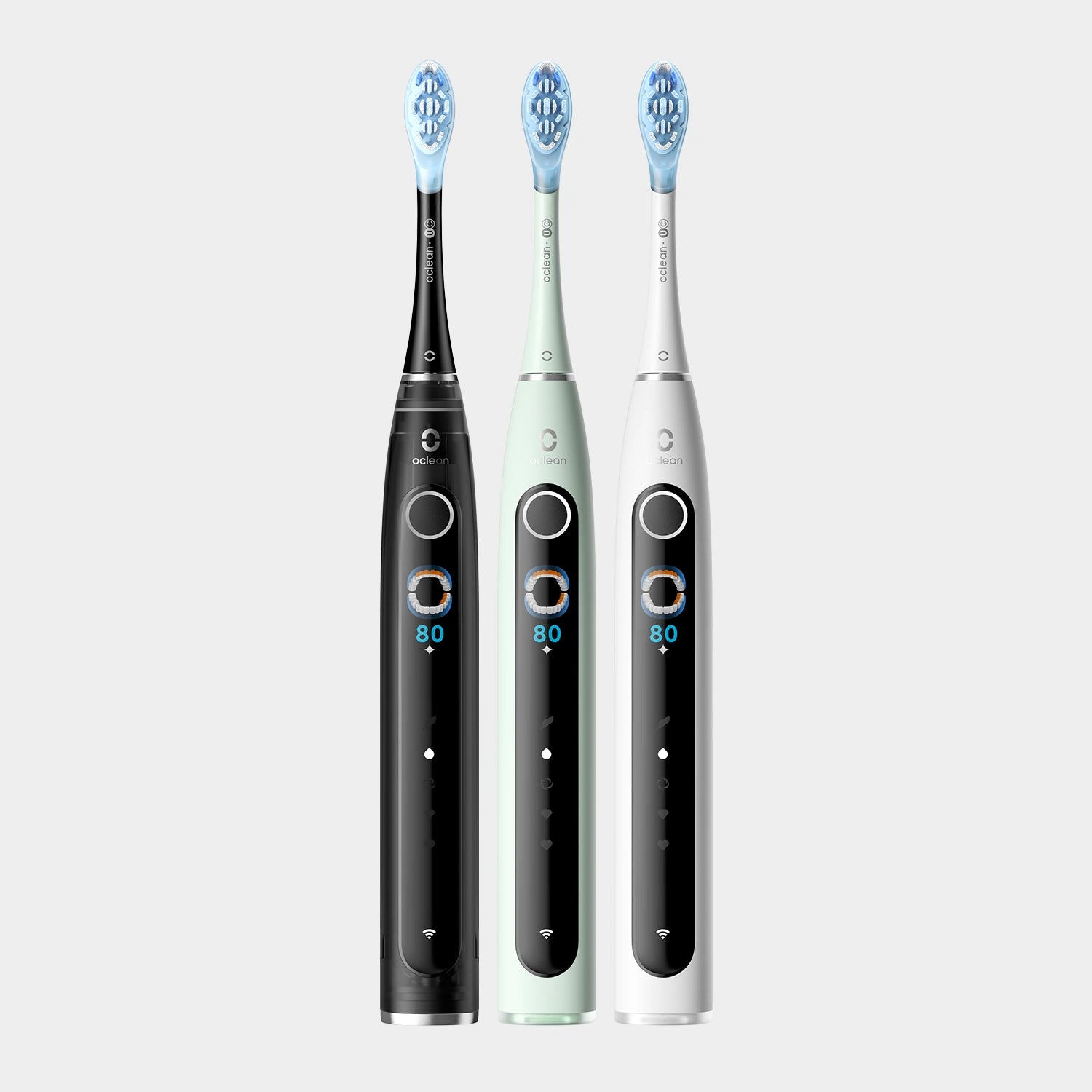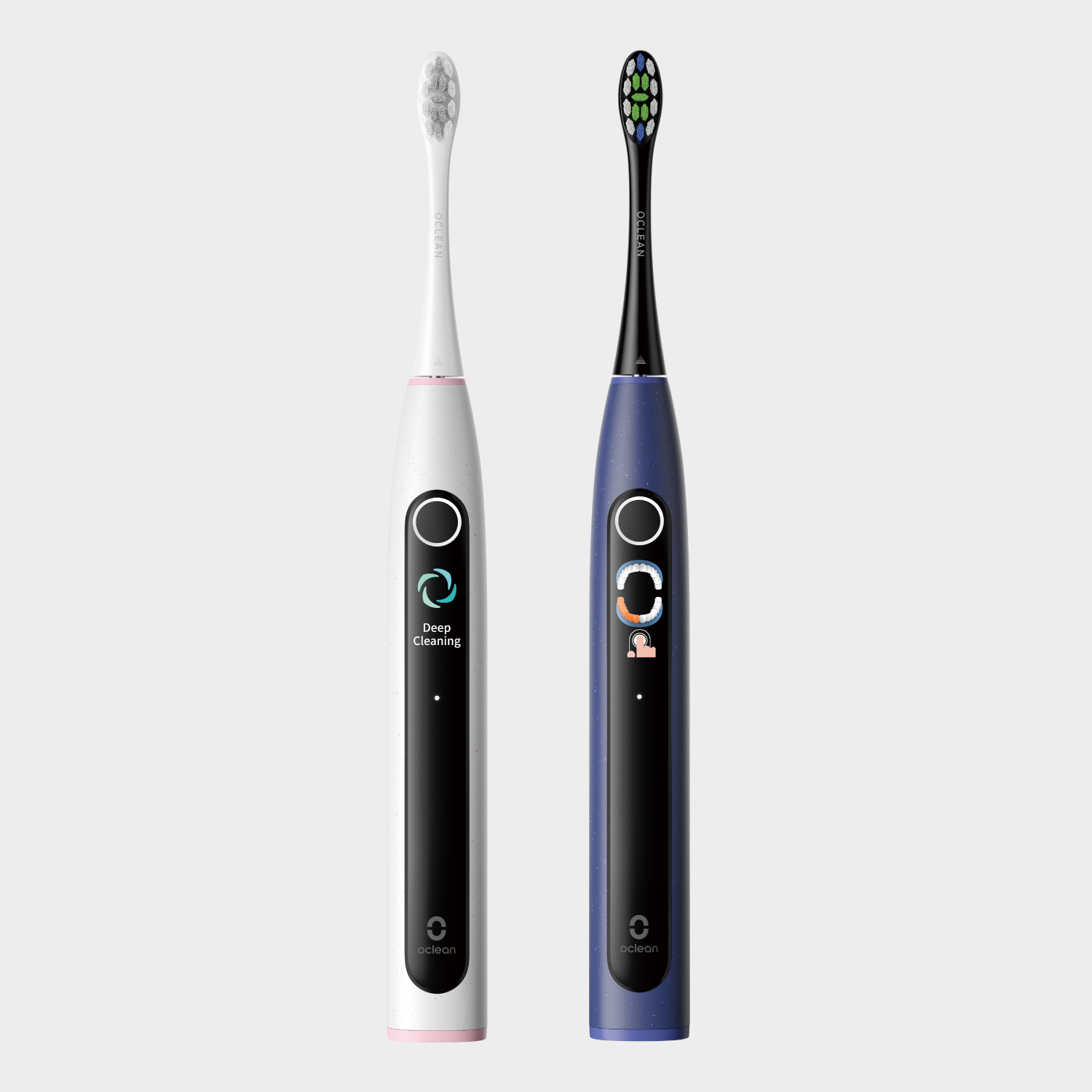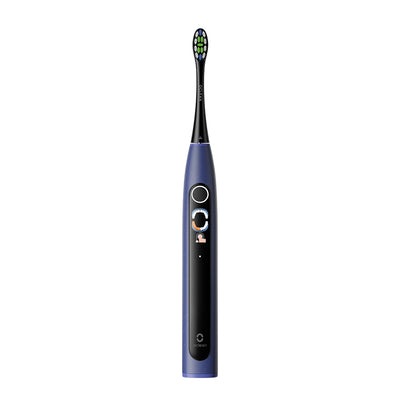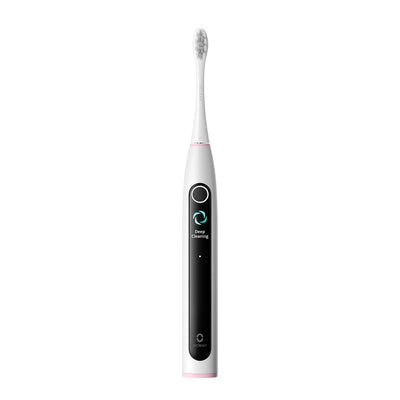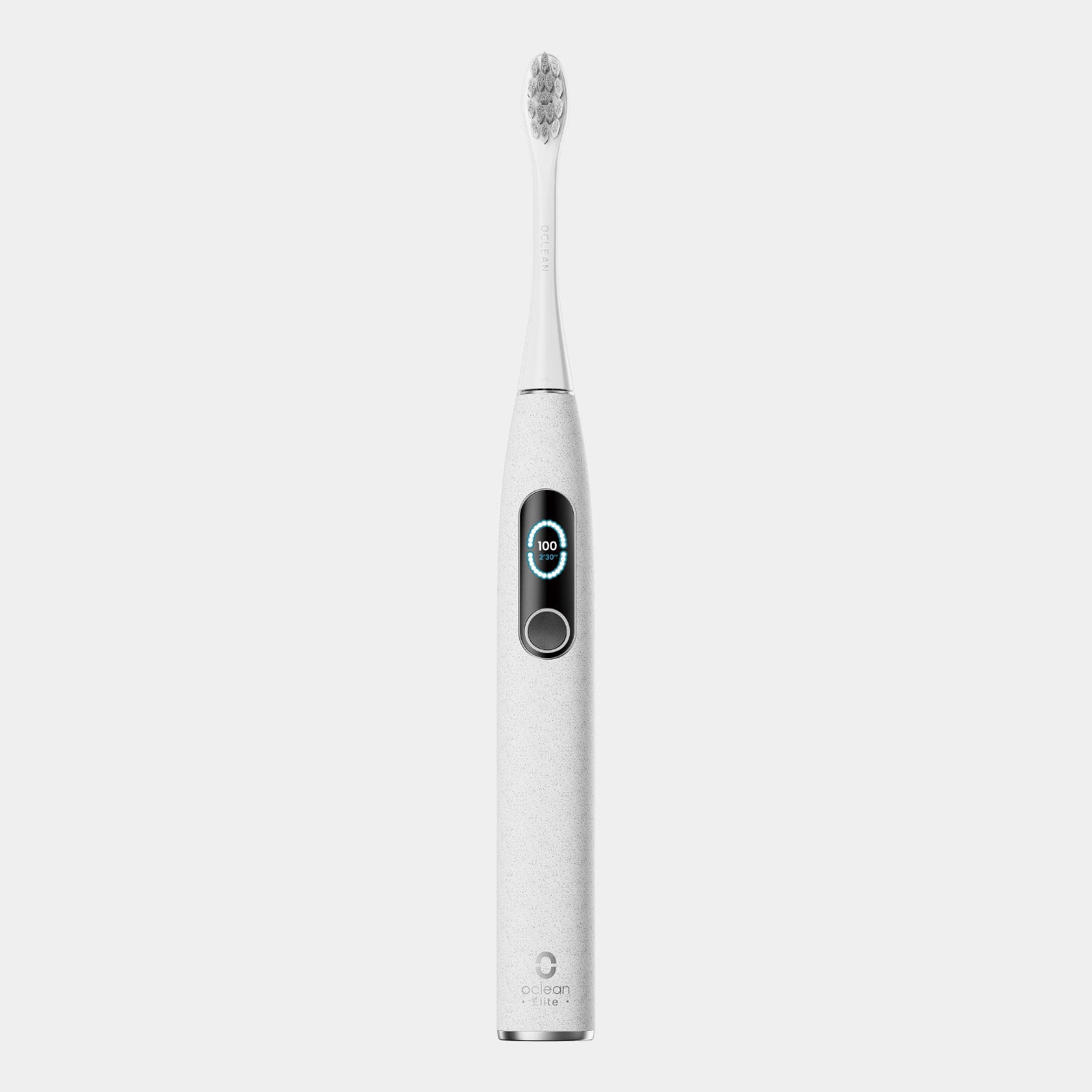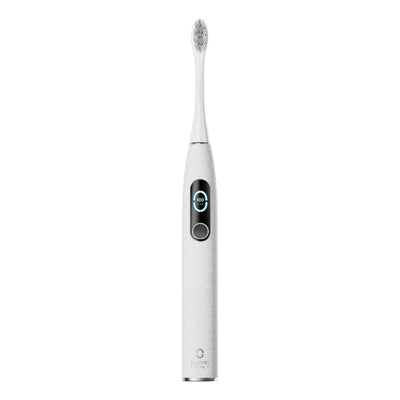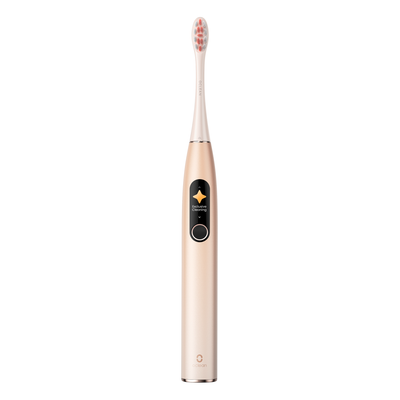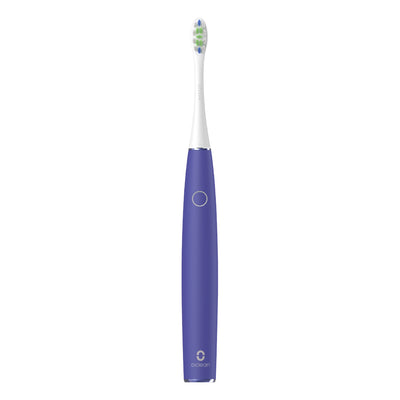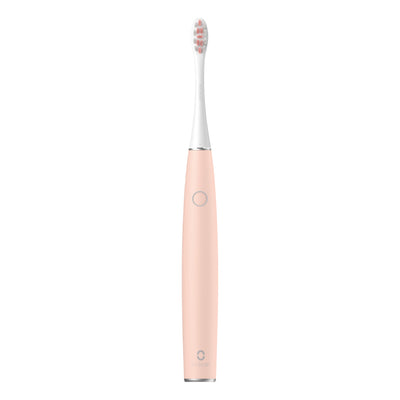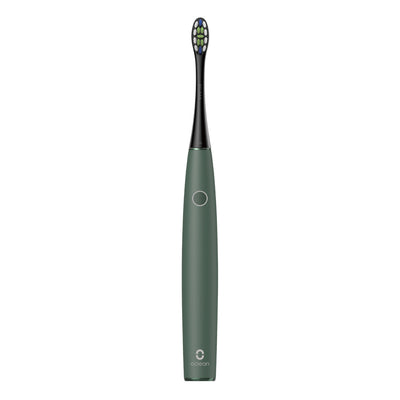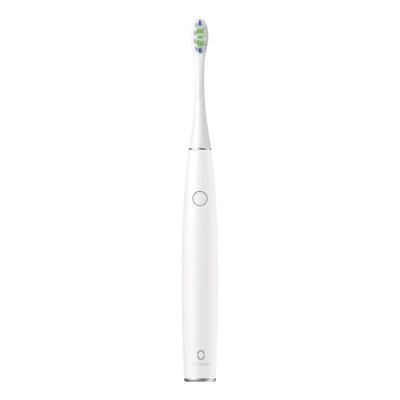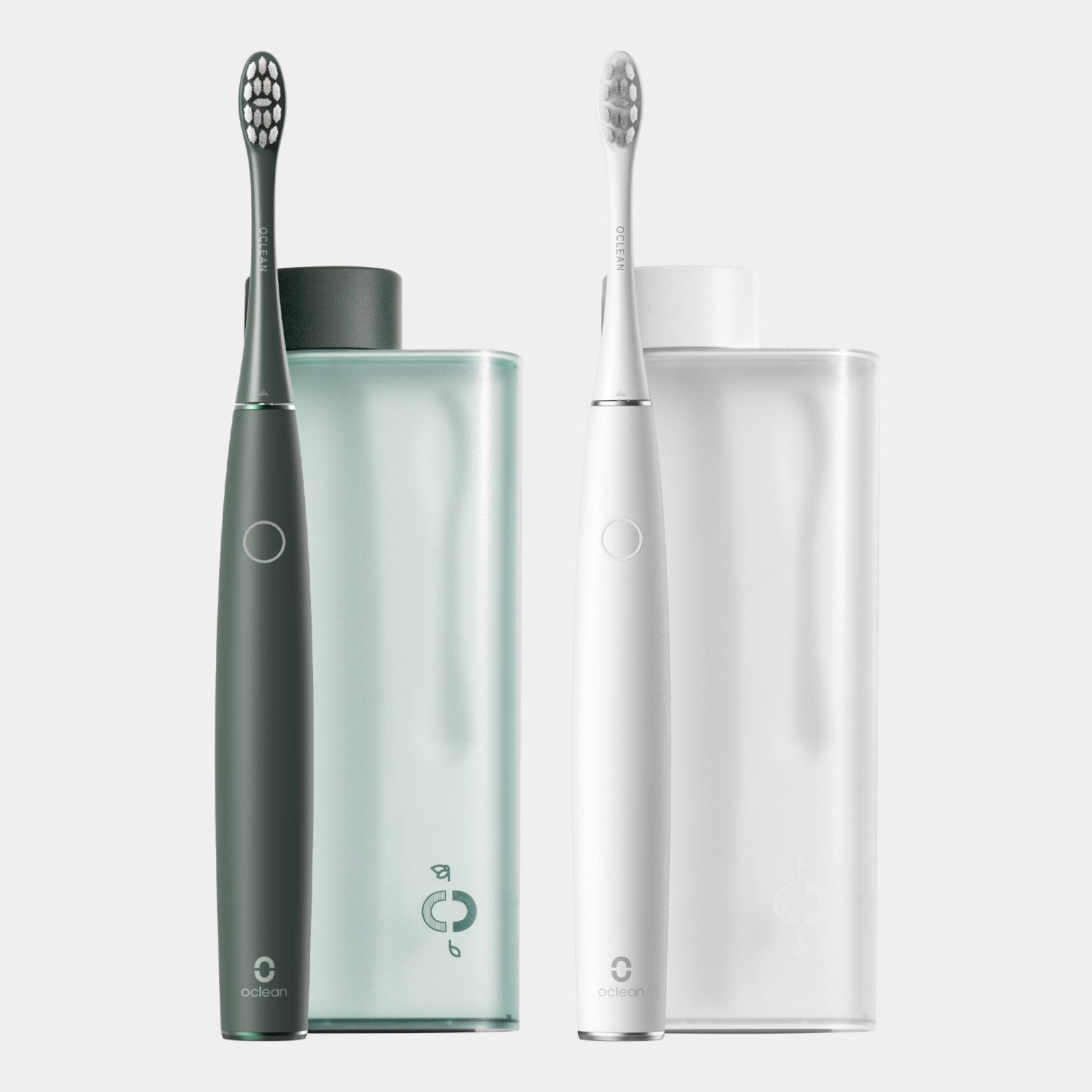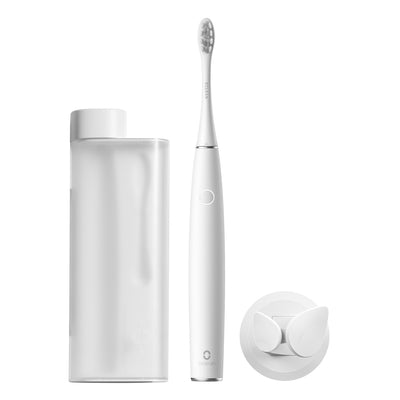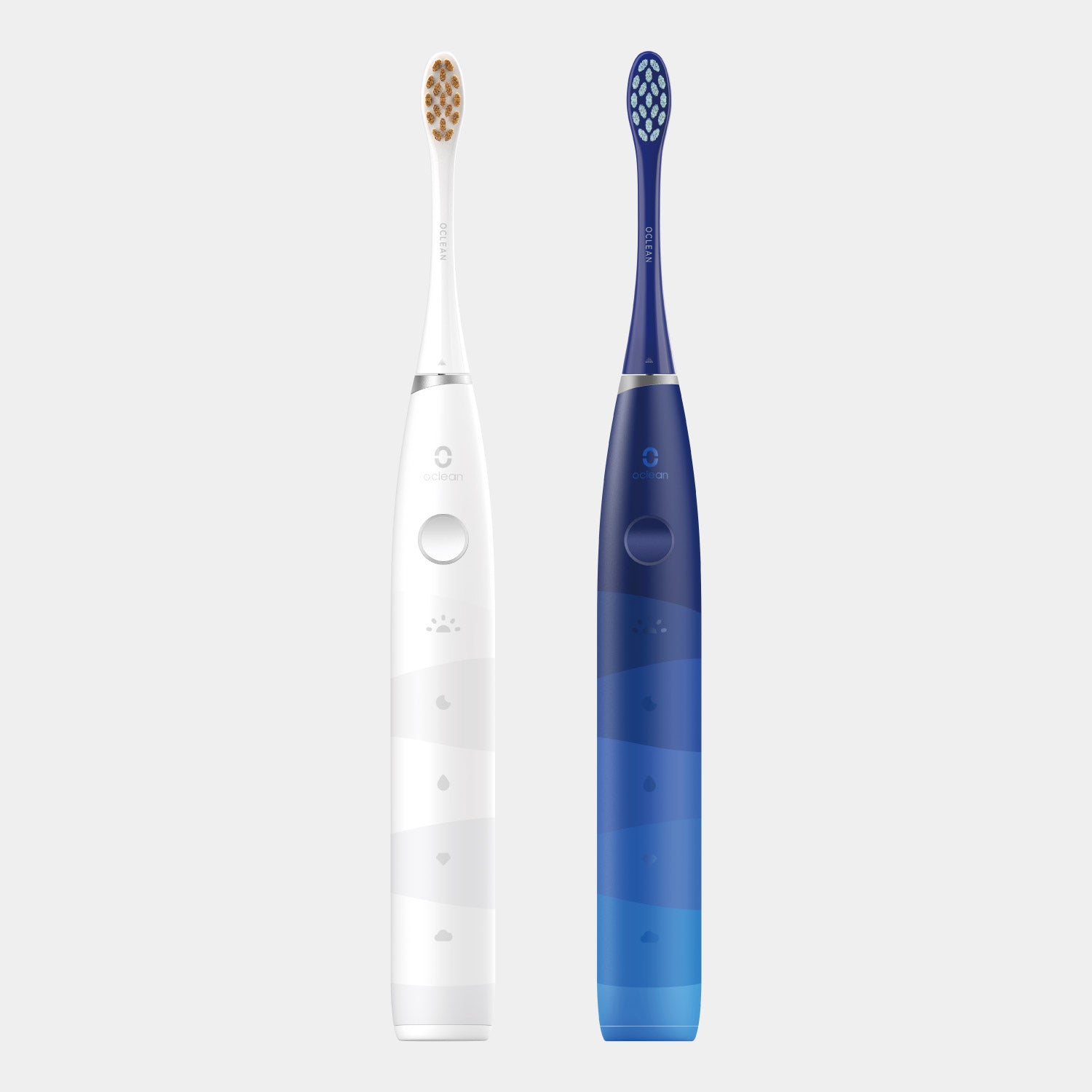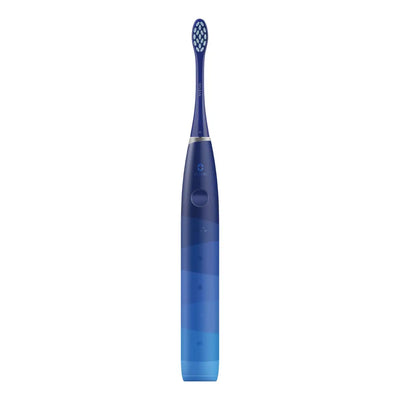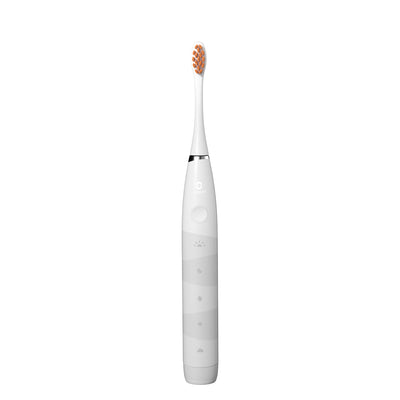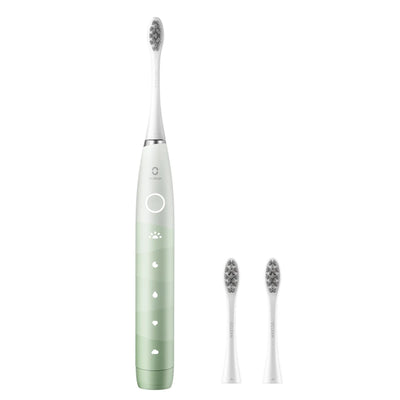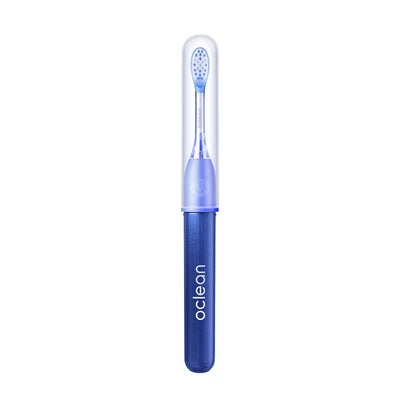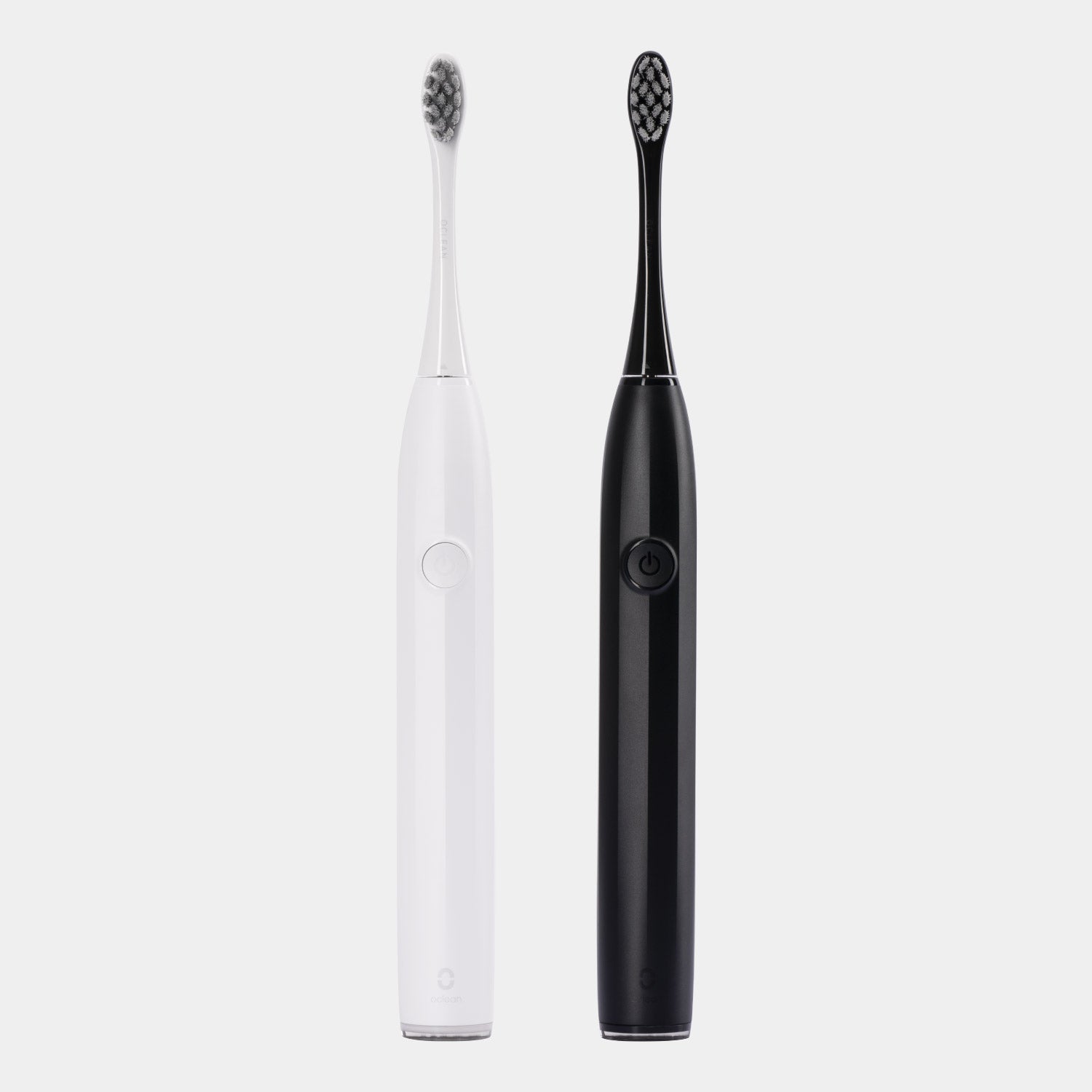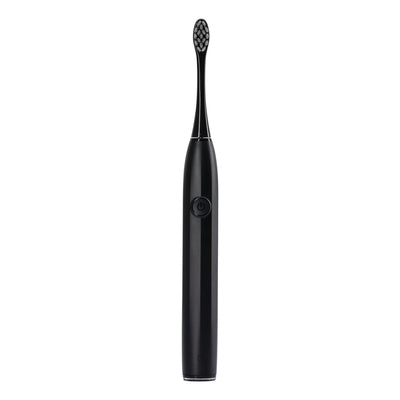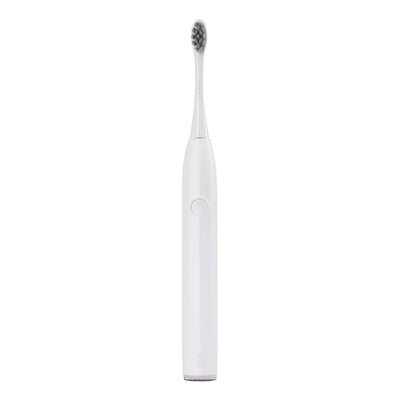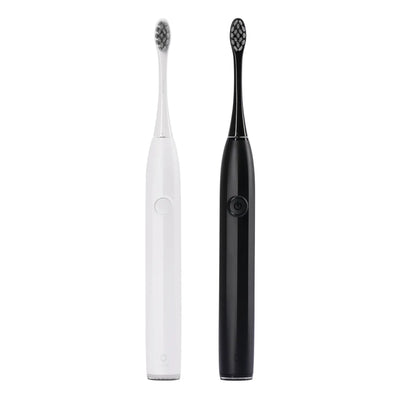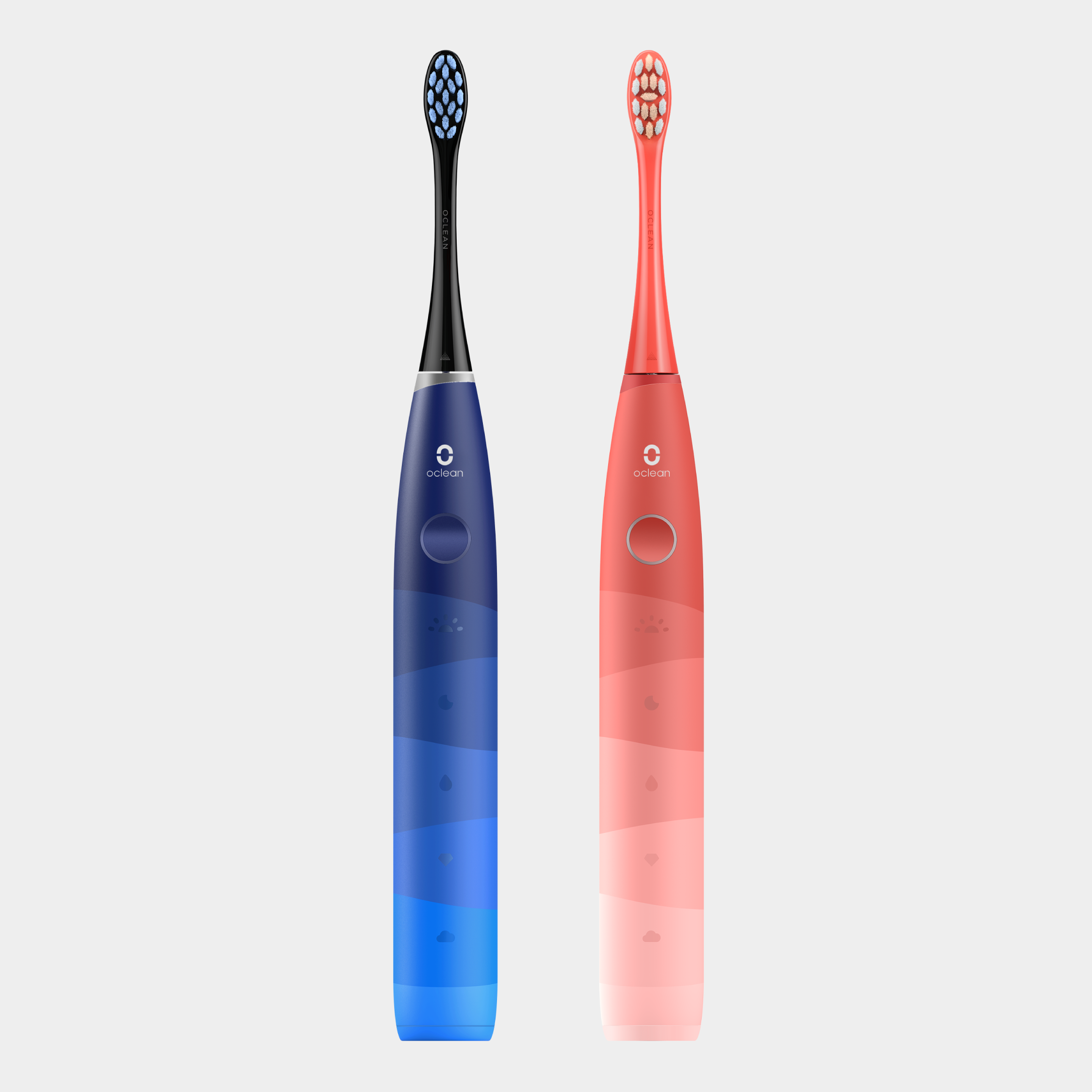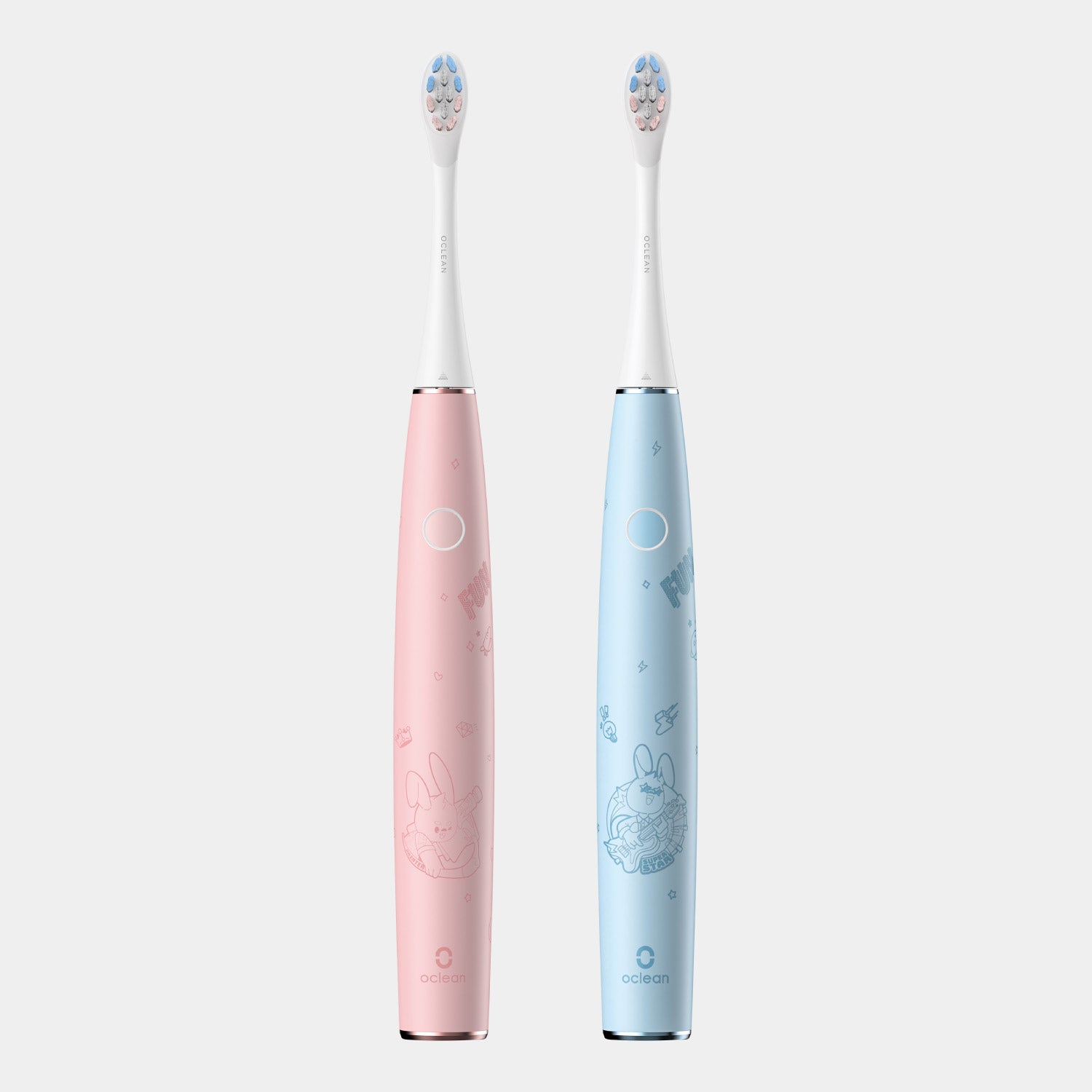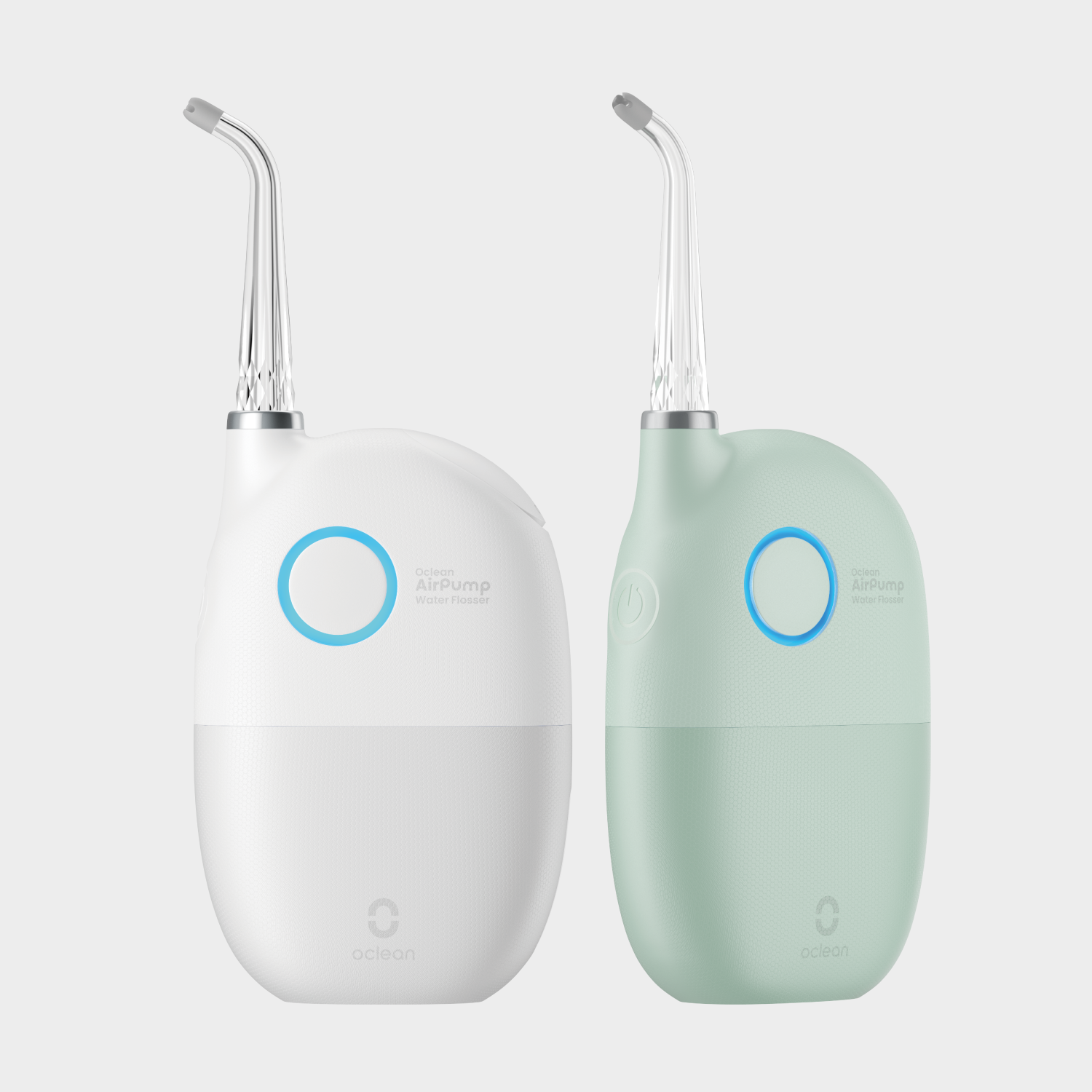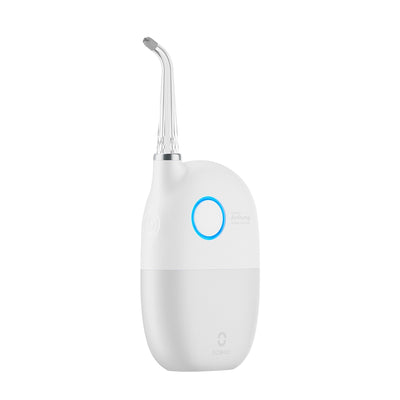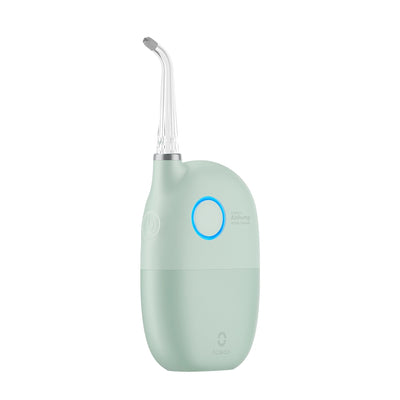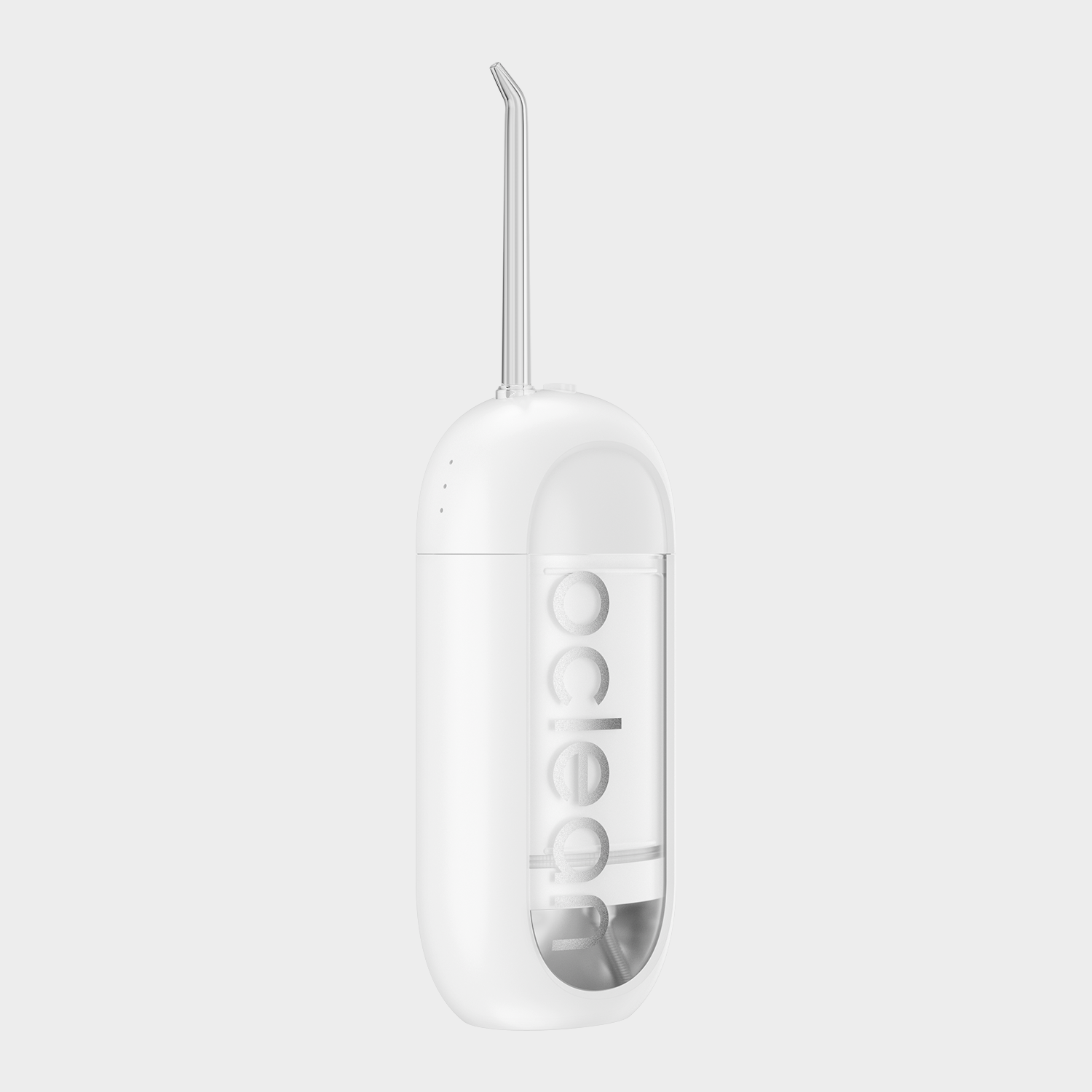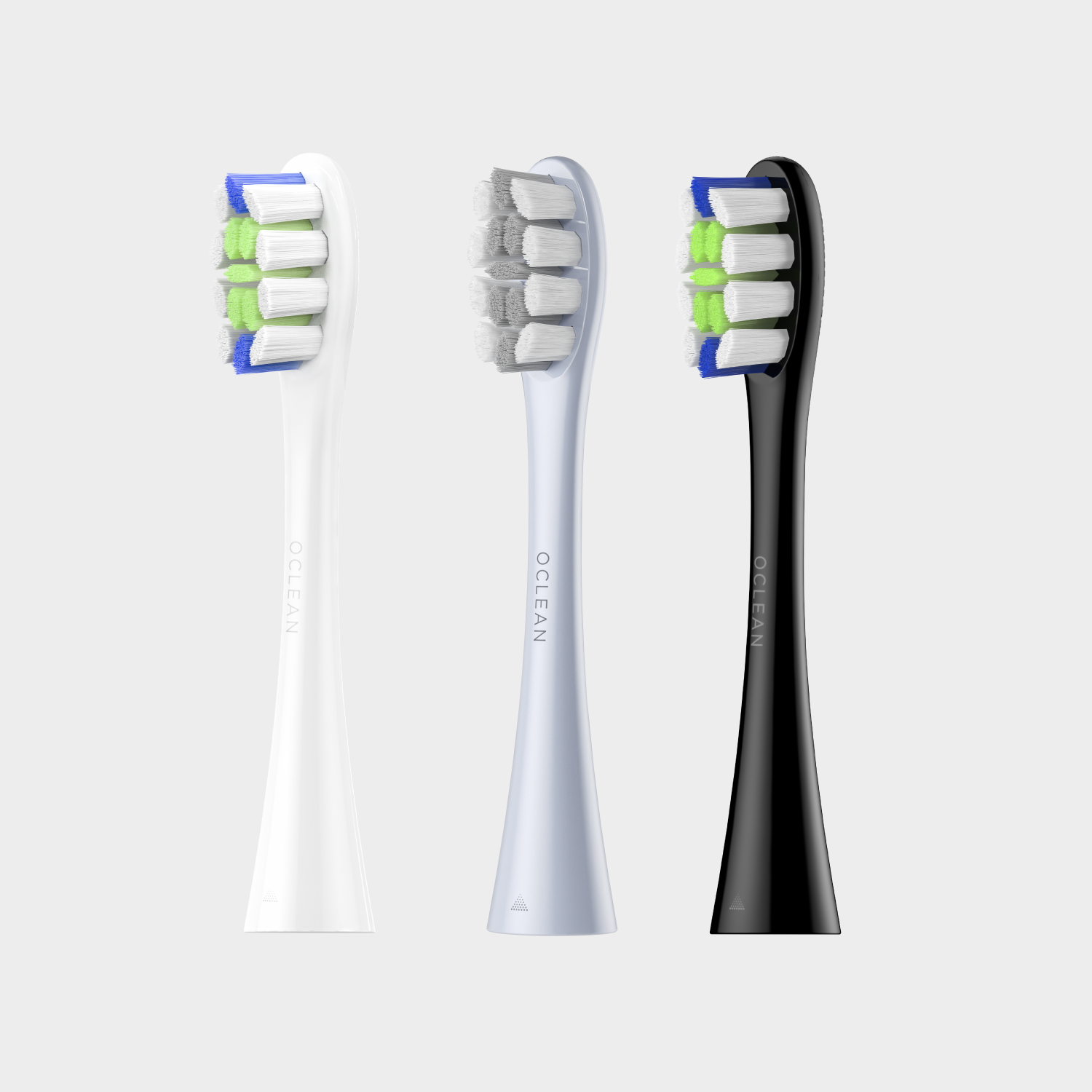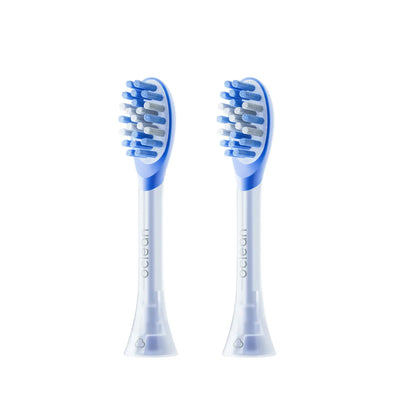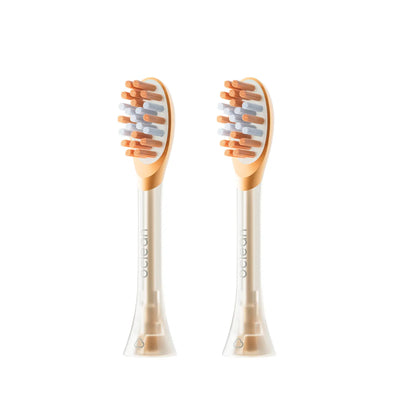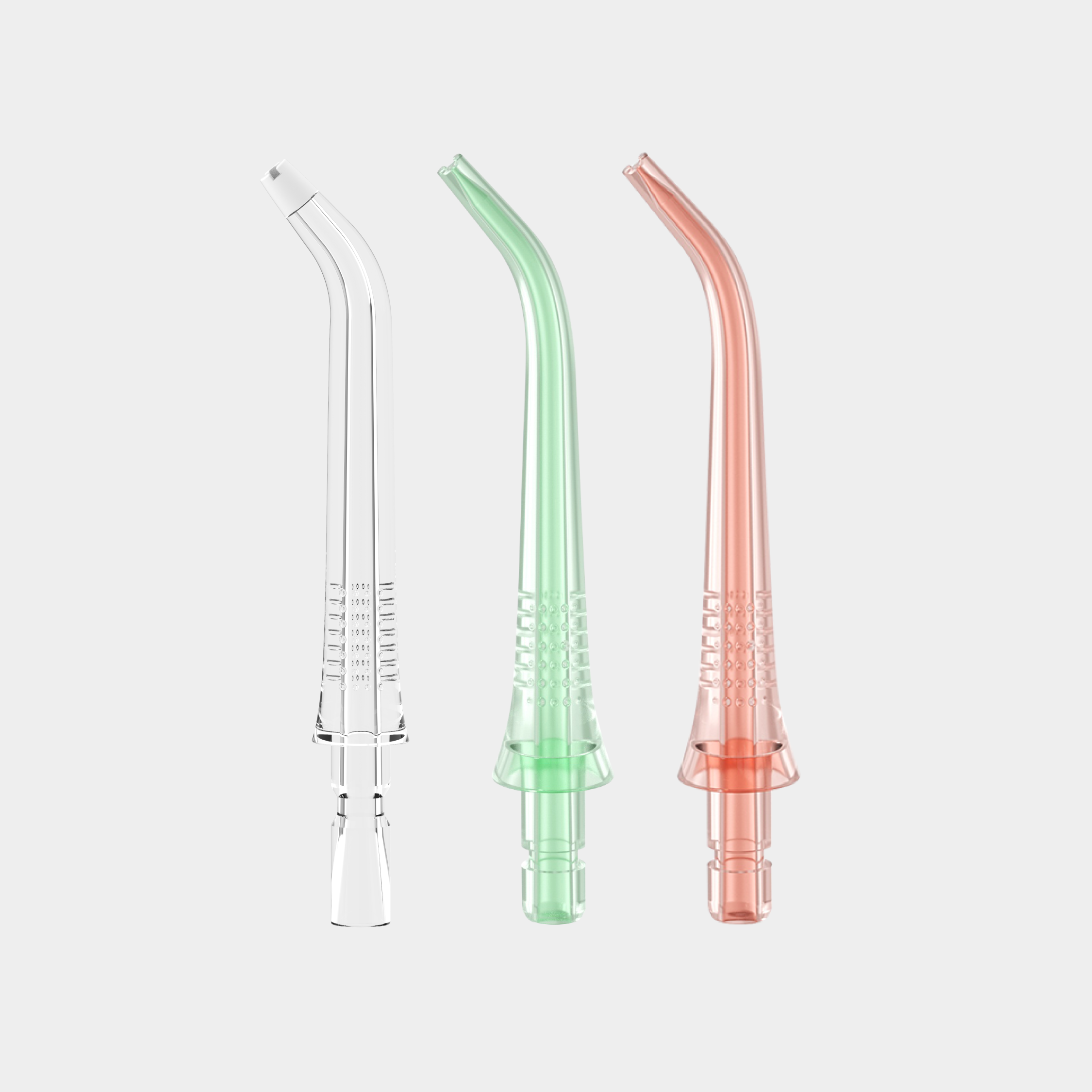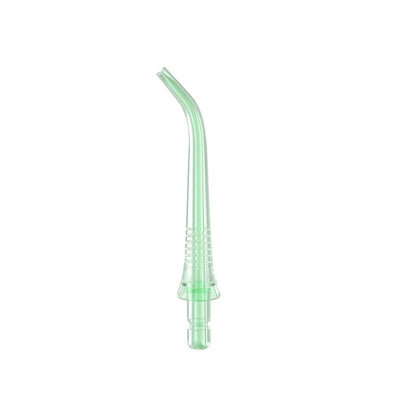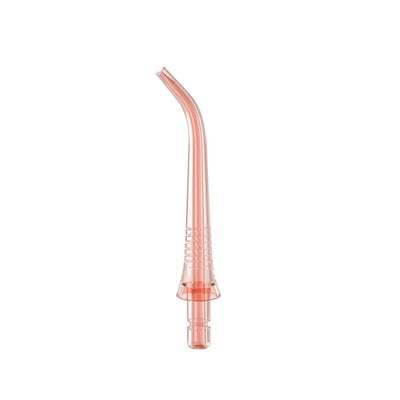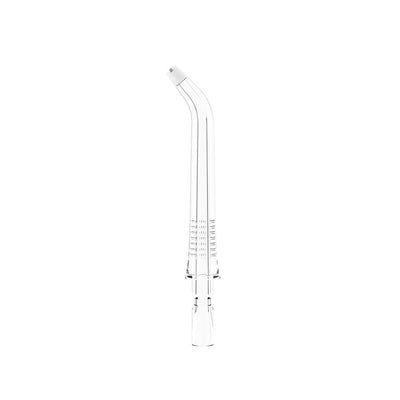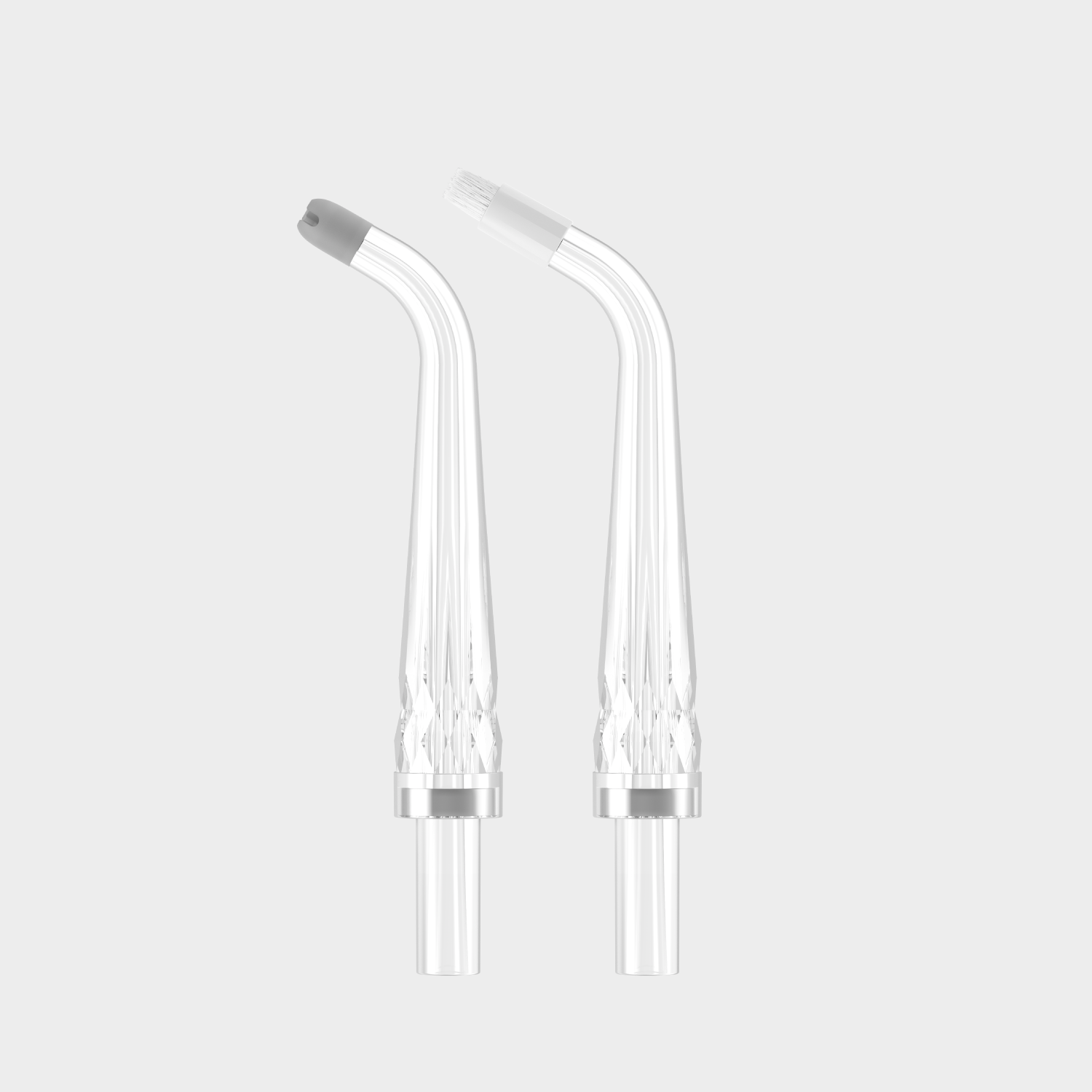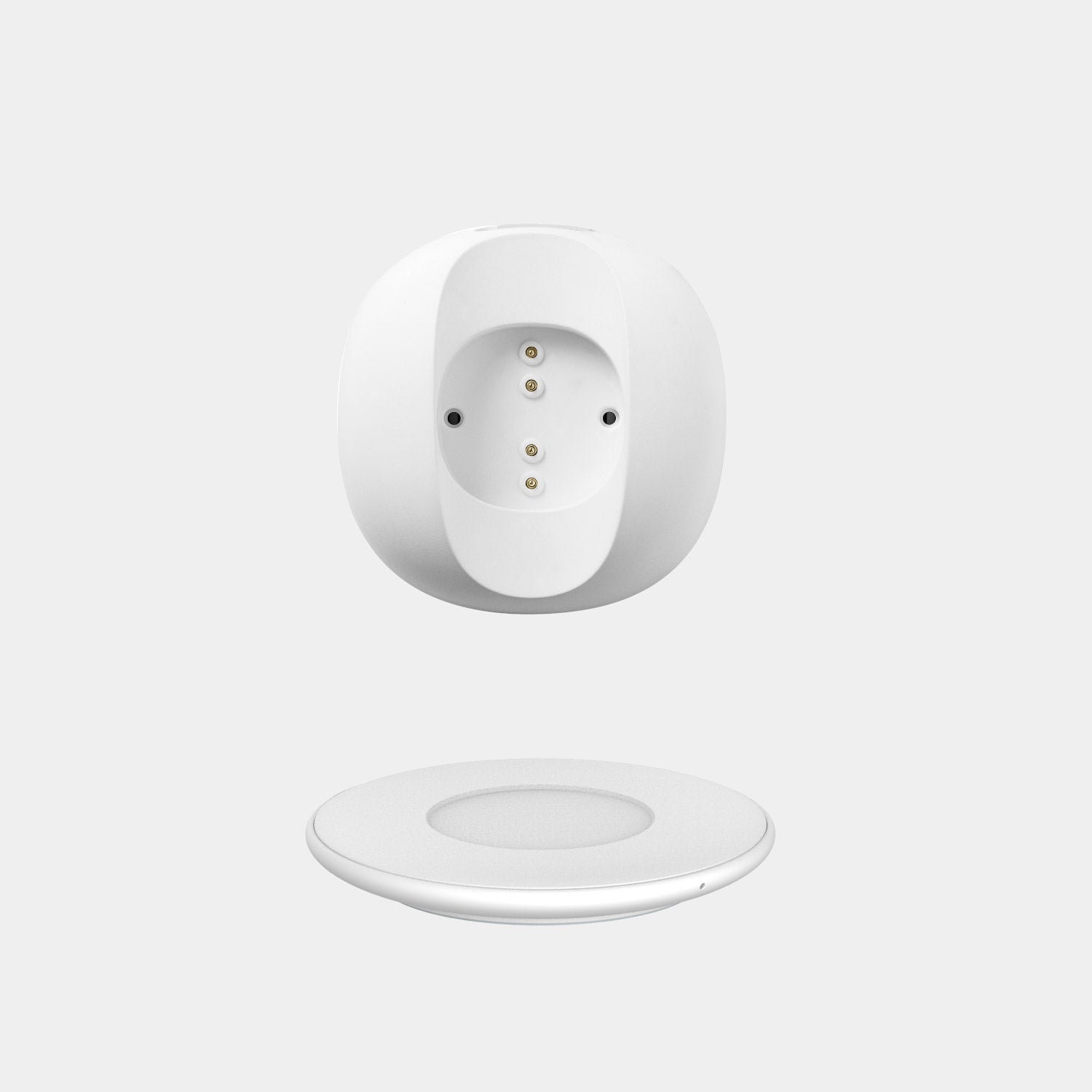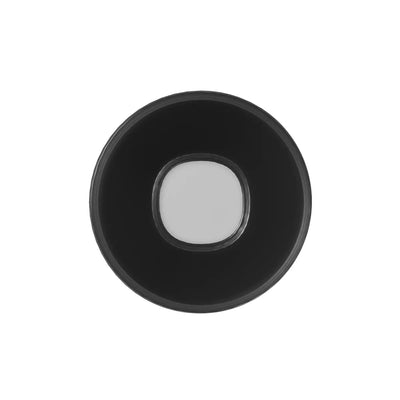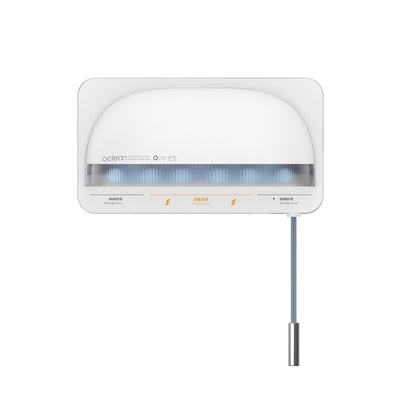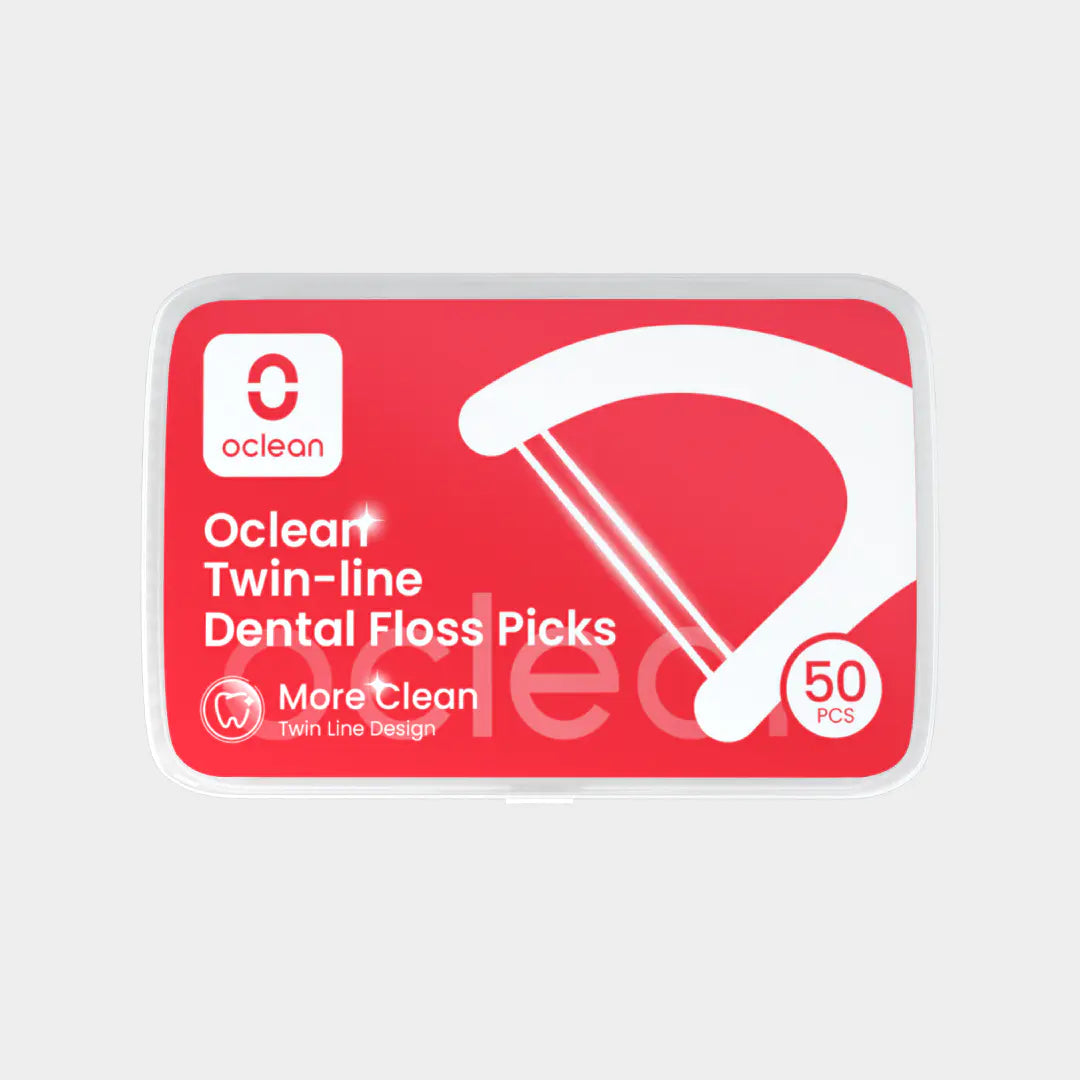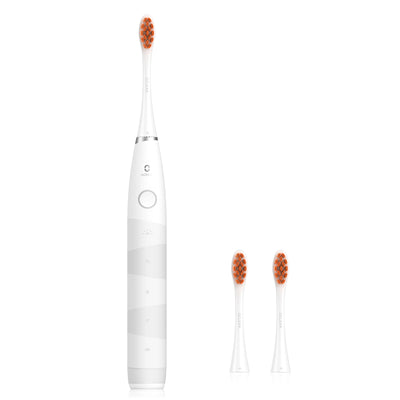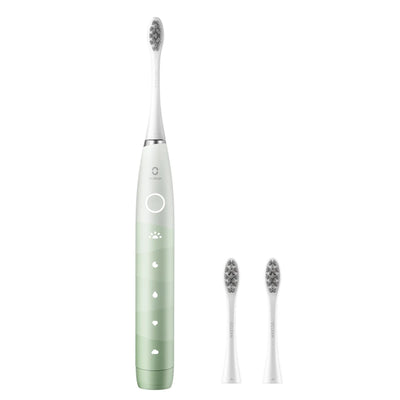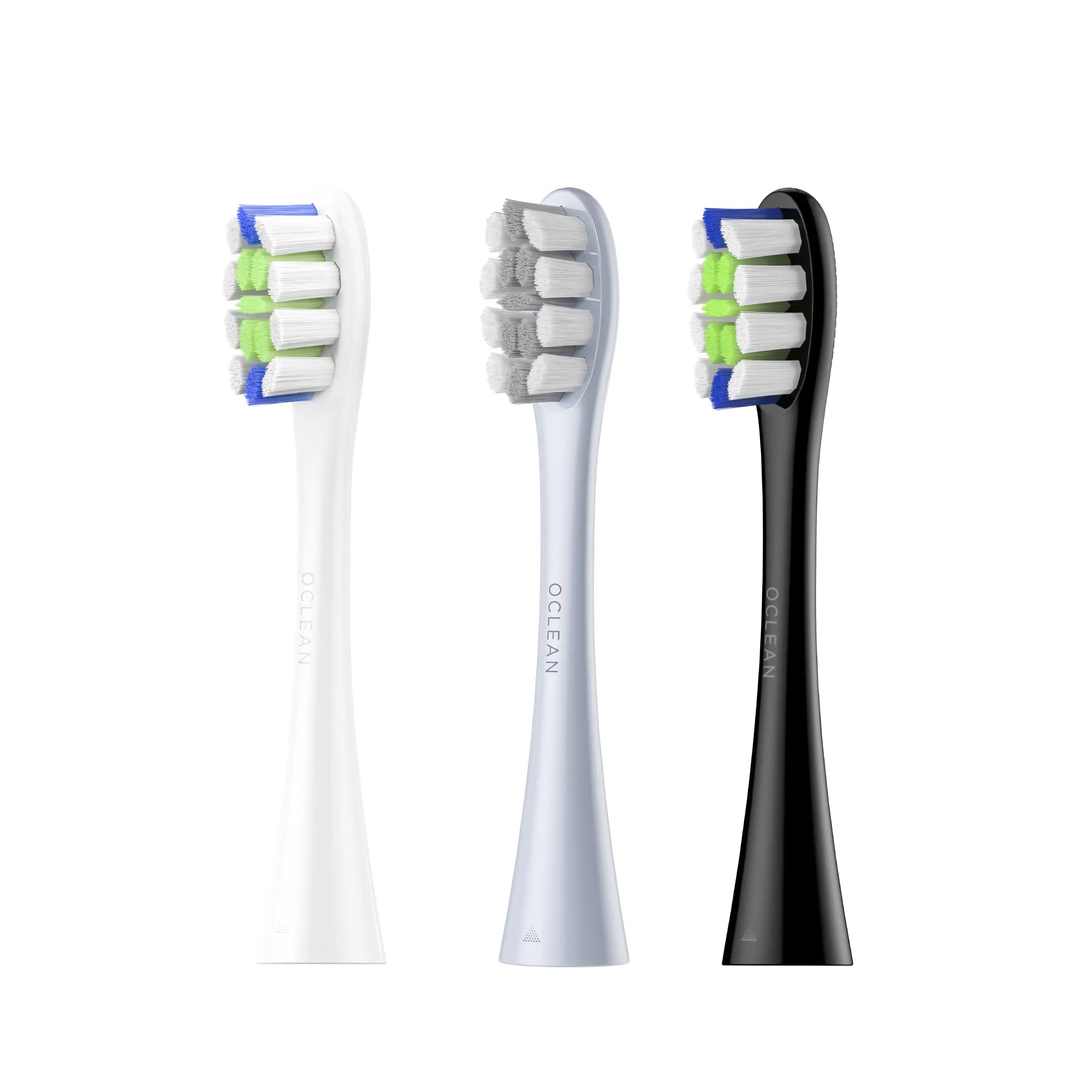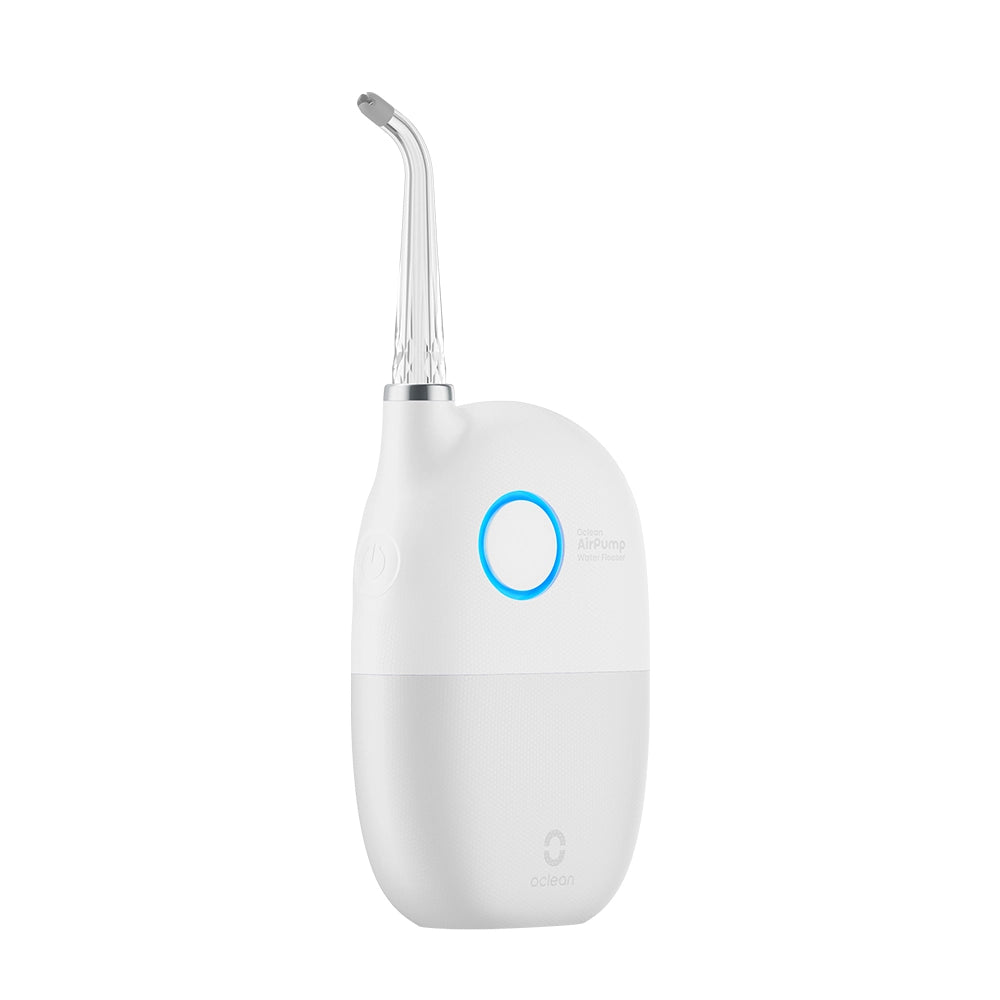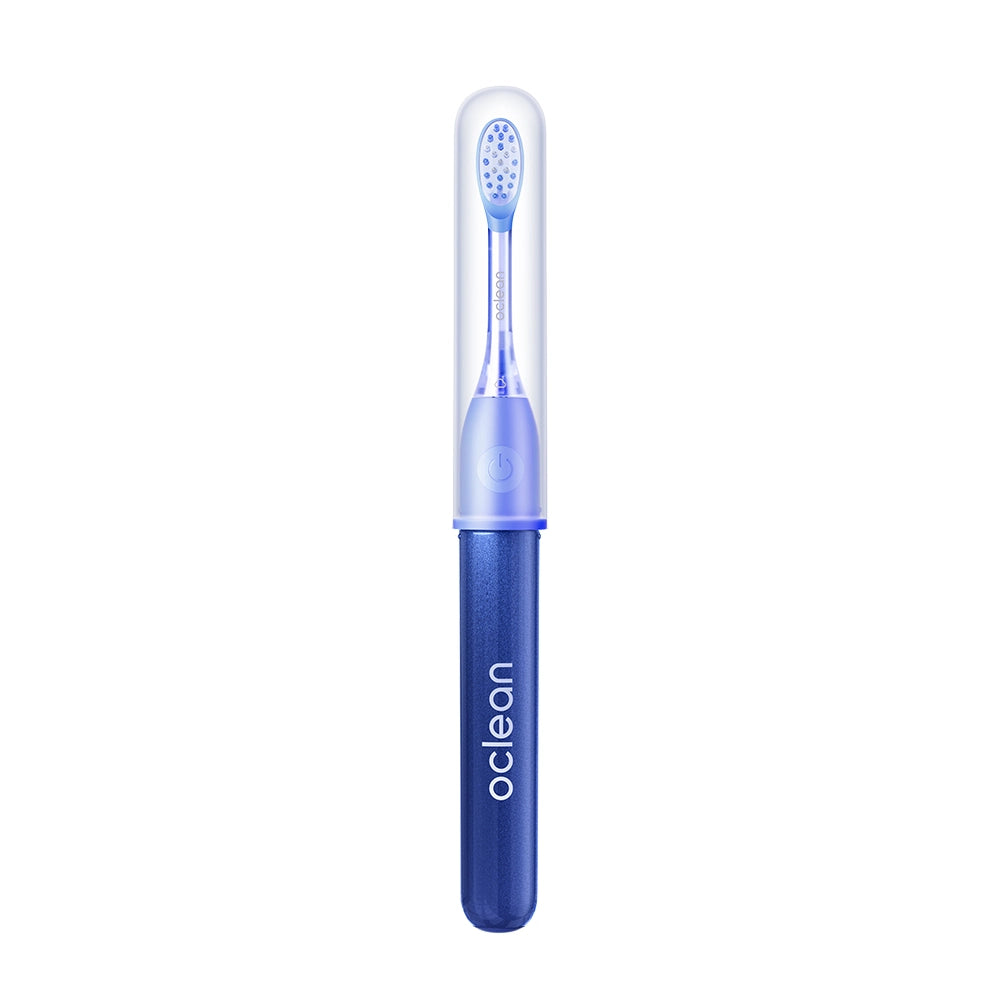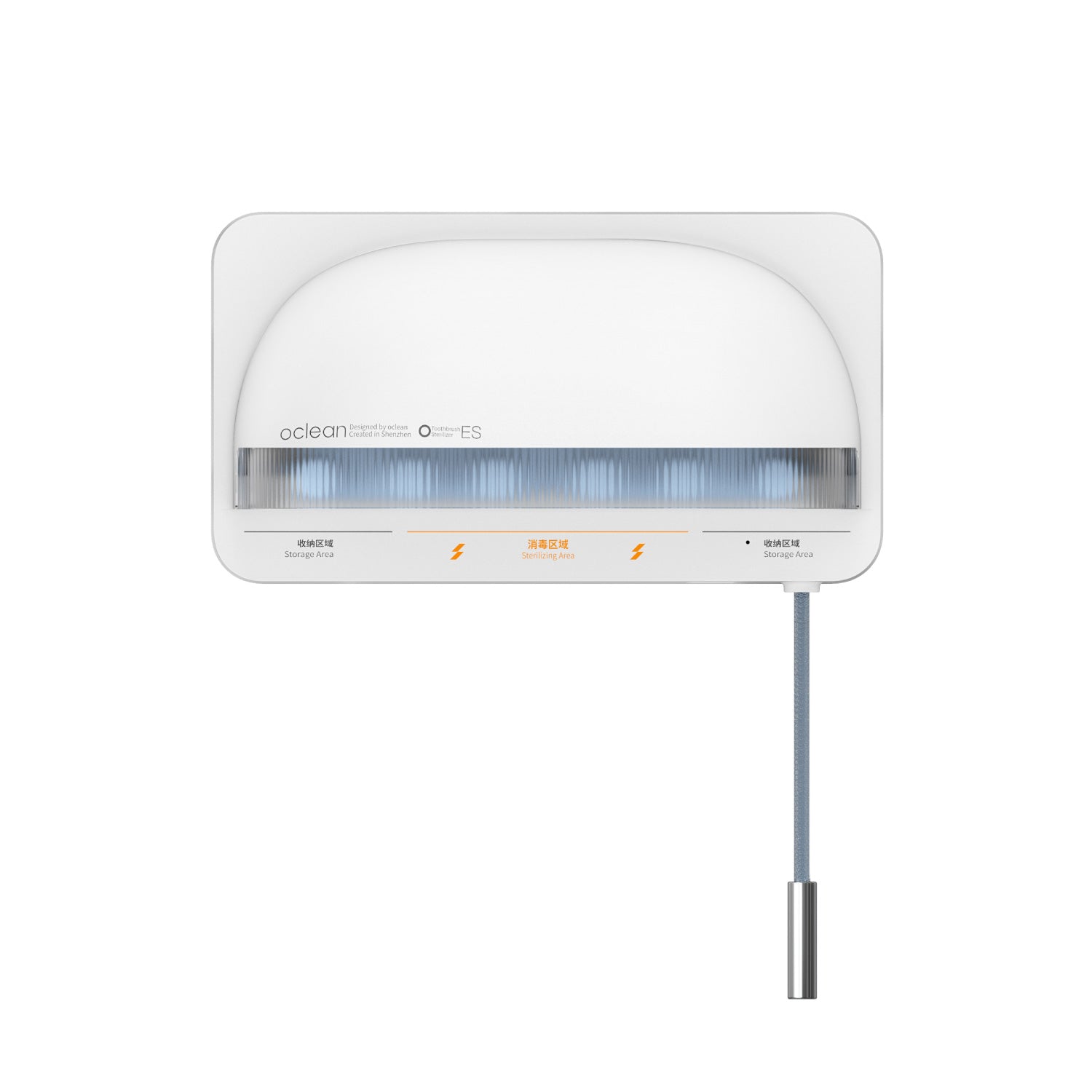Receding gums, or gingival recession, is a common dental problem where the gum tissue surrounding the teeth wears away or pulls back, exposing more of the tooth or the tooth's root. This can lead to severe dental issues if not addressed promptly. Understanding the causes and prevention of receding gums is crucial for maintaining optimal oral health.
Why do gums recede?
Gum recession can occur for various reasons, often involving a combination of factors rather than a single cause. The most common causes of receding gums include:
Poor oral hygiene
One of the leading causes of receding gums is inadequate oral hygiene. Failing to brush and floss regularly can lead to plaque buildup on teeth and gums, causing inflammation and gum recession.
Aggressive brushing
Ironically, being too diligent with your brushing can also harm your gums. Using a hard-bristled toothbrush or brushing too vigorously can wear down the enamel on your teeth and cause your gums to recede.
Also read: Do Electric Toothbrushes Cause Receding Gums?
Periodontal disease
Gum diseases such as gingivitis and periodontitis are significant contributors to gum recession. These infections destroy the gum tissue and supporting bone that hold your teeth in place, leading to gum recession and, eventually, tooth loss.
Genetics
Your genetic makeup can play a significant role in the health of your gums. If you have a family history of gum disease, you might be more susceptible to receding gums.
Hormonal changes
Fluctuations in hormone levels, especially in women, can make gums more sensitive and vulnerable to recession. This is often observed during pregnancy, menopause, or puberty.
Tobacco use
Smoking and other forms of tobacco use can severely affect your gums. Tobacco products cause gums to recede by impairing blood flow and promoting the accumulation of plaque on teeth.
Teeth grinding and clenching
Bruxism, or the habit of grinding and clenching your teeth, can put excessive force on your teeth, leading to gum recession.
Misaligned teeth or bite
When teeth do not come together evenly, excessive force can be placed on the gums and bone, causing recession.
Symptoms of receding gums
Recognizing the symptoms of receding gums early can prevent severe complications. Here are some signs to look out for:
Sensitivity
One of the first signs of gum recession is tooth sensitivity. As the gums recede, the exposed parts of the teeth become more sensitive to hot, cold, sweet, or acidic foods and drinks.
Visible roots
If the roots of your teeth are visible, it's a clear indication that your gums have receded significantly.
Longer teeth appearance
Receding gums can make your teeth appear longer than usual. This is because more of the tooth, including its root, is exposed.
Loose teeth
In advanced stages of gum recession, teeth may become loose due to the loss of supporting gum and bone structure.
Pain or discomfort
Painful receding gums can occur due to the exposed tooth roots, making everyday activities like eating and drinking uncomfortable.
Also read: Why Are My Gums Itchy?
Diagnosis
Diagnosing receding gums typically involves a dental examination. Your dentist will focus on:
- Clinical examination: A thorough examination of your teeth and gums will be conducted to check for signs of gum recession.
- Measuring gum pockets: Dentists use a special tool to measure the depth of the gum pockets. Healthy gums typically have a pocket depth of 1-3 millimeters. Depths greater than 3 millimeters indicate gum recession.
- Dental x-rays: X-rays can help assess the bone levels around your teeth and detect any loss that may have occurred due to gum disease.
Receding gums - treatment
Treating receding gums involves addressing the underlying cause and repairing the damage. Several receding gums treatments are available depending on the severity of the recession.
Scaling and root planing
For mild gum recession caused by plaque buildup, a deep cleaning procedure known as scaling and root planing may be performed. This involves removing plaque and tartar from below the gumline and smoothing the root surfaces to encourage the gums to reattach to the tooth.
Gum graft surgery
In more severe cases, gum graft surgery may be necessary. This procedure involves taking tissue from another part of your mouth and attaching it to the affected area to cover the exposed roots.
Pinhole surgical technique
This minimally invasive procedure involves making a small hole in the gum tissue and using special instruments to loosen the tissue and reposition it over the exposed roots.
Regenerative procedures
These procedures aim to regenerate lost bone and gum tissue. They may involve the use of grafts, membranes, or proteins to encourage natural tissue growth.
Medications
Antibiotic gels, antimicrobial mouthwashes, and enzyme suppressants may be prescribed to control the bacteria and inflammation causing gum recession.
Complications of receding gums
Ignoring receding gums can lead to several complications, including:
- Increased risk of tooth decay: Exposed roots are more susceptible to decay because they are not protected by enamel.
- Tooth loss: Advanced gum recession can lead to the loss of teeth due to the destruction of the supporting bone and tissue.
- Aesthetic concerns: Receding gums can significantly affect the appearance of your smile, leading to self-esteem issues.
- Sensitivity and pain: The exposed roots can cause significant discomfort and sensitivity, making it difficult to enjoy certain foods and drinks.
Outlook
The outlook for individuals with receding gums depends largely on the cause and extent of the recession. Early diagnosis and treatment are key to preventing further damage and maintaining oral health. Here are some strategies on how to stop receding gums and how to prevent receding gums:
Maintain good oral hygiene
Brush your teeth twice a day with a soft-bristled toothbrush and fluoride toothpaste. Floss daily to remove plaque from areas your toothbrush can't reach. Using a sonic toothbrush can also help prevent receding gums by delivering gentle, effective cleaning with high-frequency vibrations. This ensures thorough cleaning without excessive pressure, reducing the risk of gum damage. Many sonic toothbrushes also have timers and pressure sensors to guide proper brushing.
Also read: Can Electric Toothbrush Damage Your Teeth or Enamel?
Regular dental check-ups
Regular dental check-ups are essential for maintaining oral health and preventing gum recession. These visits include thorough cleanings and early detection of issues like gum disease. Dentists can identify early signs of gum problems and provide timely interventions. Typically, dental check-ups are recommended every six months.
Quit smoking
Quitting smoking significantly improves oral health and reduces the risk of gum recession. Tobacco use impairs blood flow to the gums and contributes to plaque buildup, increasing the risk of gum disease. Quitting smoking helps decrease the likelihood of developing gum recession and other oral health issues.
Use a mouthguard
Using a mouthguard can protect teeth and gums from the damage caused by grinding or clenching, known as bruxism. Mouthguards cushion the force exerted by grinding, preventing gum recession and tooth wear. Custom-fitted mouthguards offer the best protection and comfort, helping to mitigate the long-term effects of bruxism.
Balanced diet
A balanced diet rich in essential vitamins and minerals, especially vitamin C, is crucial for healthy gums. Foods high in vitamin C, such as citrus fruits and leafy greens, support gum health by promoting collagen production. Staying hydrated and limiting sugary and acidic foods can also protect gums from damage and disease.
Orthodontic treatment
Orthodontic treatment can prevent gum recession caused by misaligned teeth and improper bites. Misaligned teeth create hard-to-clean areas, leading to plaque buildup and gum disease. Treatments like braces or clear aligners correct alignment issues, making it easier to maintain oral hygiene and reducing stress on gums.
Manage health conditions
Managing health conditions like diabetes is crucial for maintaining gum health. Diabetes increases the risk of gum disease and recession due to its effect on blood sugar levels and infection resistance. Effective management through medication, diet, and regular monitoring helps reduce the risk. Regular check-ups with healthcare providers and adherence to treatment plans support better gum health.
Table of Contents

